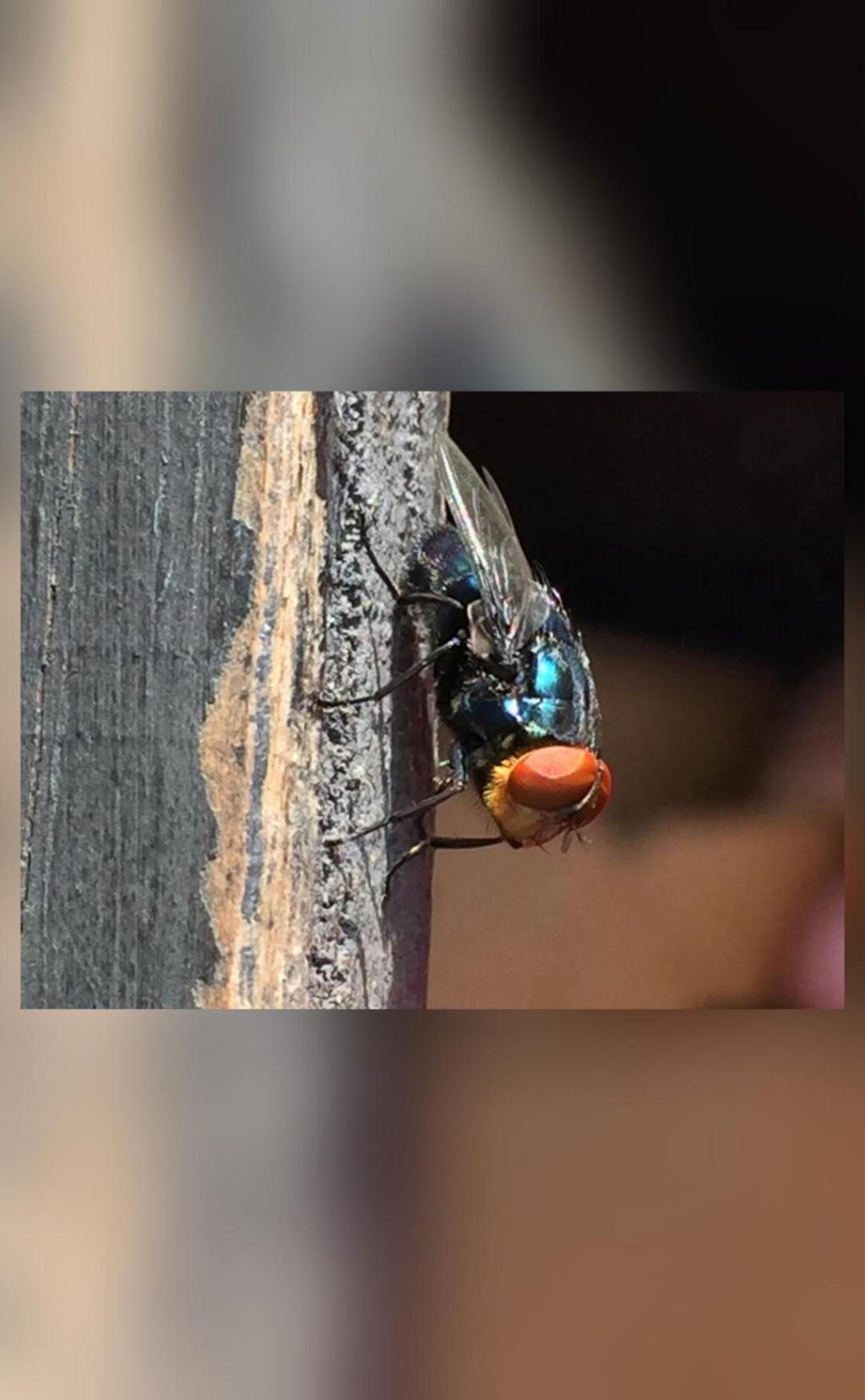
Title: Why is US planning to breed screwworm flies & dump them from planes over Mexico?
The United States government has recently announced a plan to breed billions of male screwworm flies and release them over Mexico and southern Texas to combat the threat of the New World screwworm fly, a flesh-eating larvae that can infest the flesh of livestock and even humans. This may seem like an unusual approach to solving a pest problem, but it is actually a well-established and effective method of controlling the population of the screwworm fly.
The New World screwworm fly (Chrysops spp.) is a type of fly that is native to the Americas and is known for its larvae, which can infest the flesh of warm-blooded animals, including livestock and even humans. The larvae of the screwworm fly can cause serious harm and even death to their hosts, and can also contaminate meat and other animal products, making them unfit for human consumption.
The US government’s plan to breed and release male screwworm flies is aimed at controlling the population of the New World screwworm fly and preventing it from spreading to new areas. The plan is based on the principle of sterile insect technique (SIT), which involves breeding large numbers of male insects that are sterilized with radiation, and then releasing them into the wild to mate with wild females.
The idea behind SIT is that the sterilized males will mate with wild females, but will not be able to produce offspring, thus reducing the population of the screwworm fly over time. This approach has been successfully used to control the population of other insect pests, such as the Mediterranean fruit fly and the Asian tiger mosquito.
In the case of the New World screwworm fly, the US government has been working with the Mexican government to develop a plan to control the population of the fly using SIT. The plan involves breeding billions of male screwworm flies in a special facility in Mexico, and then releasing them over the affected areas in Mexico and southern Texas.
The flies will be sterilized with radiation before they are released, and will be marked with a special dye so that they can be tracked and monitored. The plan is expected to take several years to complete, and will require significant resources and funding.
The US government’s plan to breed and release screwworm flies is not without its critics, however. Some have expressed concerns about the potential risks and side effects of releasing large numbers of sterilized insects into the wild. For example, there is a risk that the sterilized flies could mate with wild females and produce offspring, which could potentially lead to the development of genetically modified insects.
There are also concerns about the potential impact of the plan on the environment and ecosystems. For example, there is a risk that the released flies could become established in new areas and potentially harm local ecosystems. Additionally, there is a risk that the plan could disrupt the natural balance of the ecosystem, potentially leading to the decline of other insect species.
Despite these concerns, the US government and its partners in Mexico are moving forward with the plan to breed and release screwworm flies. The plan is expected to be an effective way to control the population of the New World screwworm fly and prevent it from spreading to new areas.



